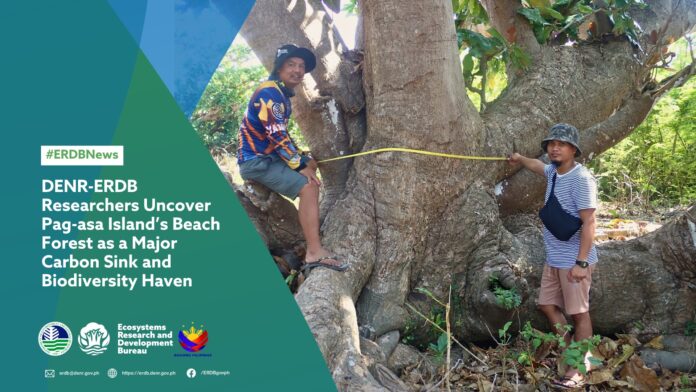A recent study by DENR-ERDB revealed that the beach forest on Pag-asa Island, located in the remote West Philippine Sea, quietly helps fight climate change. Although only 32 hectares in size, the island’s trees store nearly 10,000 tons of carbon dioxide—about the same as what 2,000 cars emit in a year.
The forest is also key to protecting the shoreline and supporting local wildlife. Scientists found 20 native plant species, with two trees—botong and bitaog—doing most of the work in storing carbon and holding the soil together. These hardy trees could be used in future coastal reforestation projects.
However, the forest is shrinking. Tree cover dropped from 11 hectares in 2017 to under 7 hectares by 2023. Researchers are calling for stronger protection and including beach forests in national climate and conservation plans.
Their message is clear: even small islands like Pag-asa can play a big role in protecting our planet.







